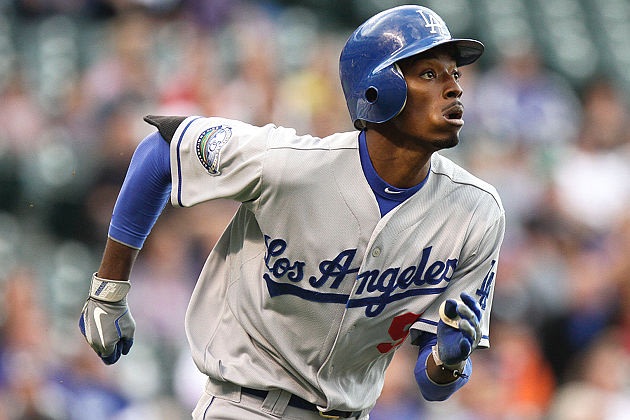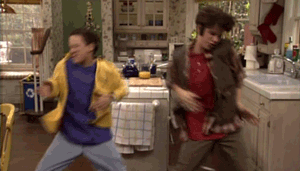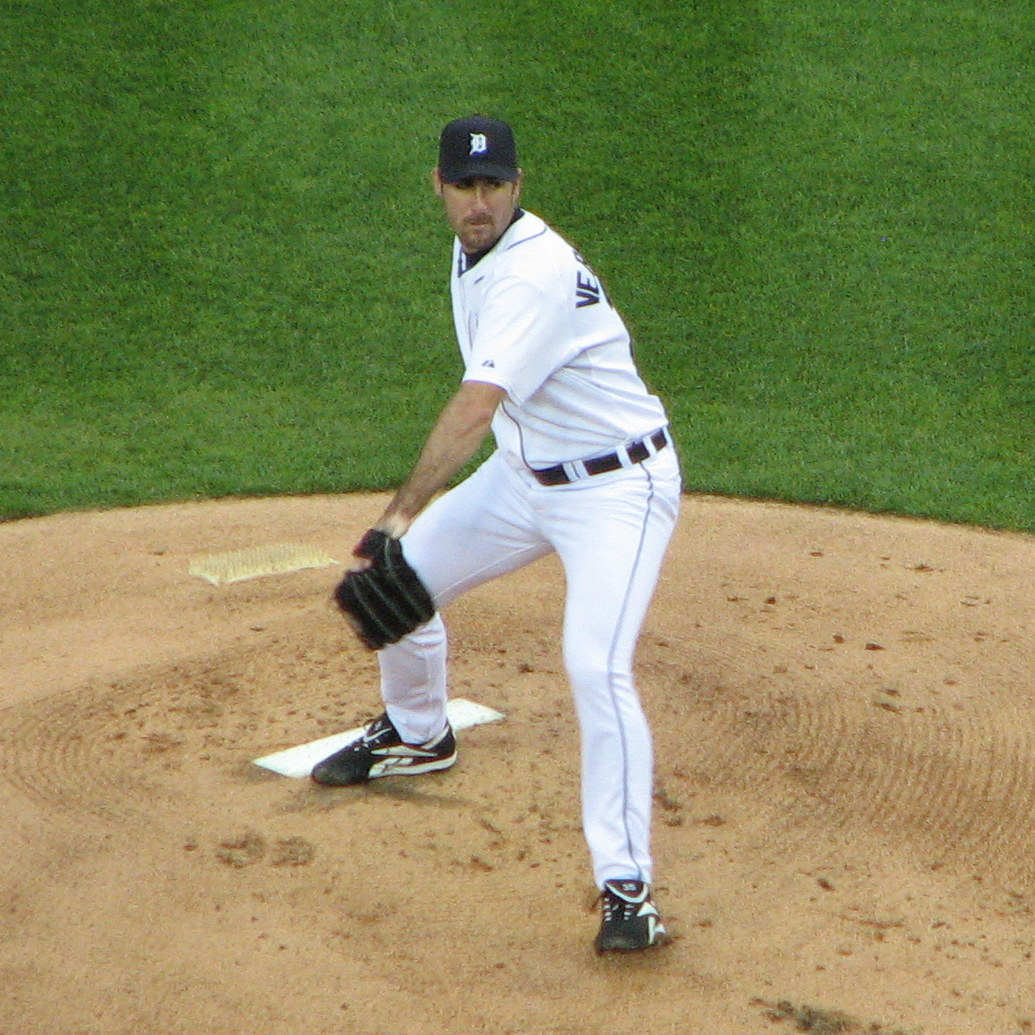After the 2011 season I asked, and attempted to answer, the question, "what is an ace"?
It's time to do that again.
Ok. While Kershaw is the aciest of aces right now, that's not really the answer that we're looking for.
What I did was to take the average of every starter's fWAR and RA-9 WAR. Then I used that number to group pitchers into groups of (roughly) 30 - 30 aces, 30 number 2's, etc. Then, I looked at the average performance of the pitchers in each group.
Here's what I found:
There's a couple of interesting things to note.
One is that the best 30 pitchers in baseball are, far and away, the best group. They strike out the most hitters, they walk the least hitters, they give up the least home runs, they have the lowest BABIP, they're the best. That's not surprising when guys like the above-picture Kershaw, Cliff Lee, Max Scherzer, Justin Verlander, Matt Harvey and Yu Darvish are in the ranks.
The second interesting thing is how similar the #3, #4 and #5 groups are in terms of performance. Look,
#3 18.2% K, 7.2% BB, 3.85 ERA, 4.06 FIP, 4.04 xFIP, 4.13 SIERA
#4 18.7% K, 8.2% BB, 3.89 ERA, 3.86 FIP, 3.96 xFIP, 4.09 SIERA
#5 17.4% K, 6.9% BB, 4.26 ERA, 4.09 FIP, 4.02 xFIP, 4.12 SIERA
In many ways, every way other than walks really, #4 starters outperformed #3 starters. Well, in every way except for number of starts and innings. Number 3 starters made about 7 more starts and pitched almost 50 more innings than #4 starters. Similarly, #5 starters were a little worse than both #3 and #4 starters but what really limited them from producing value was that they made 12 less starts and pitched half as many innings as #3 starters.
The third point is similar to the above. Starters not in the top five accounted for more starts and more innings than the best pitchers in baseball. That makes sense when you stop to think about it, there are more bad pitchers than elite ones, but we don't think about just how important it is for the other starters to make their starts so these guys don't have to.
As I mentioned when I first did this little exercise after the 2010 season,
The numbers are a little different now - now the average #3 is 10 - 9 with a 3.85 ERA in 158 innings - but the point remains the same; the average baseball fan vastly underrates pitcher performance.
It's time to do that again.
source = wikipedia commons
Ok. While Kershaw is the aciest of aces right now, that's not really the answer that we're looking for.
What I did was to take the average of every starter's fWAR and RA-9 WAR. Then I used that number to group pitchers into groups of (roughly) 30 - 30 aces, 30 number 2's, etc. Then, I looked at the average performance of the pitchers in each group.
Here's what I found:
*click to embiggen
There's a couple of interesting things to note.
One is that the best 30 pitchers in baseball are, far and away, the best group. They strike out the most hitters, they walk the least hitters, they give up the least home runs, they have the lowest BABIP, they're the best. That's not surprising when guys like the above-picture Kershaw, Cliff Lee, Max Scherzer, Justin Verlander, Matt Harvey and Yu Darvish are in the ranks.
The second interesting thing is how similar the #3, #4 and #5 groups are in terms of performance. Look,
#3 18.2% K, 7.2% BB, 3.85 ERA, 4.06 FIP, 4.04 xFIP, 4.13 SIERA
#4 18.7% K, 8.2% BB, 3.89 ERA, 3.86 FIP, 3.96 xFIP, 4.09 SIERA
#5 17.4% K, 6.9% BB, 4.26 ERA, 4.09 FIP, 4.02 xFIP, 4.12 SIERA
In many ways, every way other than walks really, #4 starters outperformed #3 starters. Well, in every way except for number of starts and innings. Number 3 starters made about 7 more starts and pitched almost 50 more innings than #4 starters. Similarly, #5 starters were a little worse than both #3 and #4 starters but what really limited them from producing value was that they made 12 less starts and pitched half as many innings as #3 starters.
The third point is similar to the above. Starters not in the top five accounted for more starts and more innings than the best pitchers in baseball. That makes sense when you stop to think about it, there are more bad pitchers than elite ones, but we don't think about just how important it is for the other starters to make their starts so these guys don't have to.
As I mentioned when I first did this little exercise after the 2010 season,
Next time your team signs a pitcher with a 10 - 8 record and 3.99 ERA in 160 innings realize just what you are getting. One of the top 100 pitchers in the league.
The numbers are a little different now - now the average #3 is 10 - 9 with a 3.85 ERA in 158 innings - but the point remains the same; the average baseball fan vastly underrates pitcher performance.
.jpg)















.jpg)

